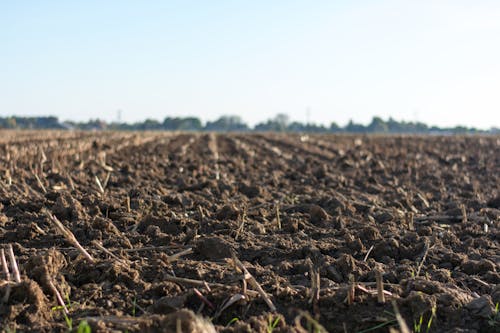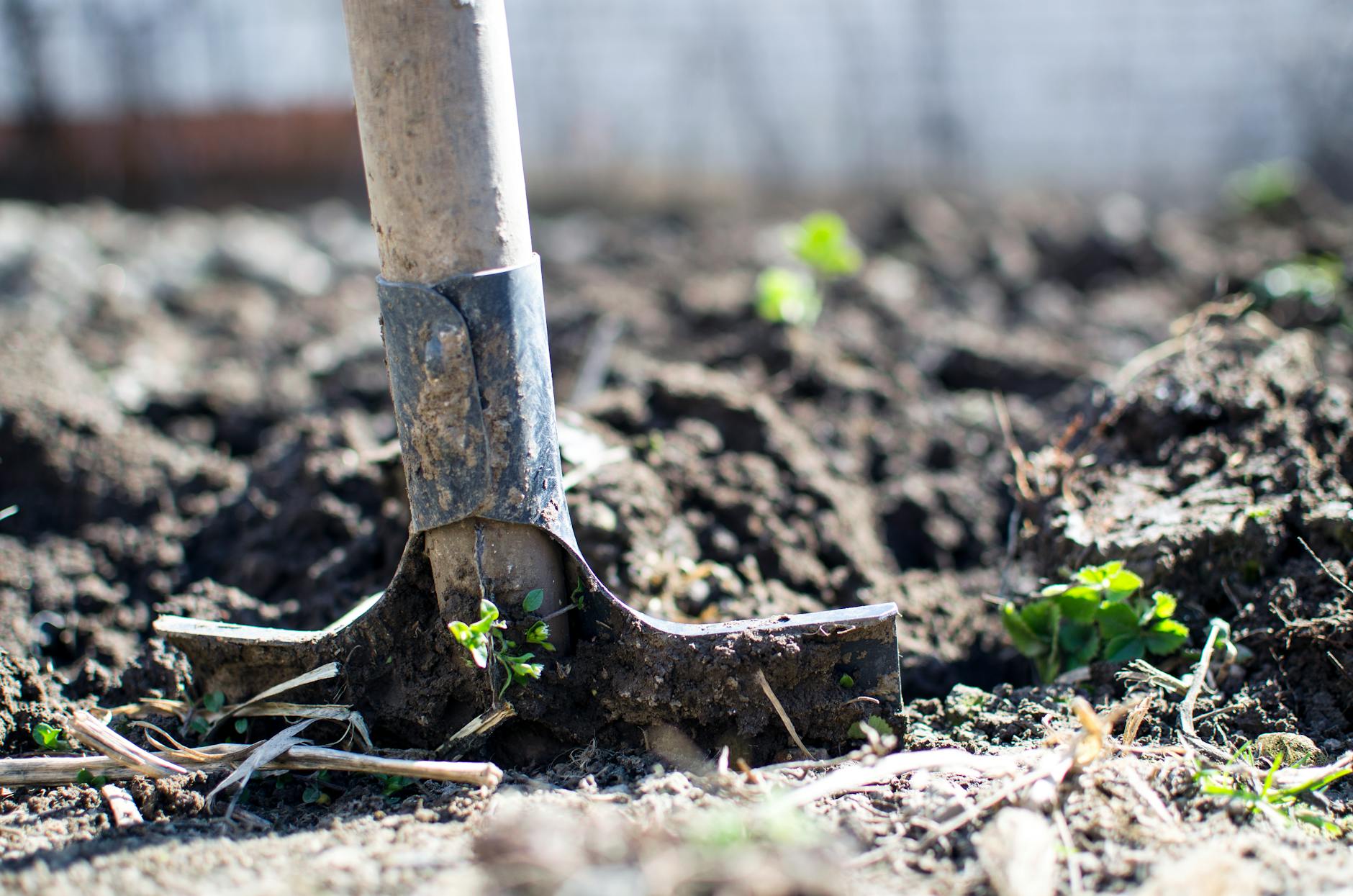For new gardeners, installing raised garden beds or ‘garden boxes' is a starting point when growing vegetables or fruits. It keeps the weeds from the pathways, prevents hard soil formation, provides better drainage and drives away pests. This blog gives the basics of what to do when installing raised garden beds for your favorite crops.
Novice Guide To Install Raised Garden Beds
Installing raised garden beds can be confusing at first. It is essential to know why these beds are necessary for certain crops and how gardeners can benefit from them. Installing raised garden beds has both advantages and disadvantages. These can be helpful for gardeners suffering from back strain so they do not need to bend over when planting. Weeding is also handy for gardeners as they can simply sit at the sturdy edges of the garden beds. GrowVeg shares how you can use raised garden beds for better gardening. Read on!
Advantages of Raised Garden Beds
1. Provide High-Quality Soil

Raised garden beds can be used almost anywhere. They offer a simple, yet effective means of gardening by creating a conducive environment for sowing. You can use any kind of soil or put any soil underneath the beds. When installing raised beds, you can create ideal planting conditions for your crops by providing the right soil requirements and adding your preferred compost.
2. Prevent Hard Soil Formation and Poor Drainage

When beds and paths are clearly separated, walking on the soil can be avoided. As the soil squashes down, the essential air pockets can be removed. This makes it difficult for the plants' roots to grow. Raised bed gardening provides a clear physical distinction between the growing area and the paths. You can access your garden without stepping on your plants.
To avoid stepping onto the soil when harvesting and weeding, the raised beds should always be narrow enough to enable you to reach the middle. The maximum width is usually 4ft (1.2m). You can limit the width to 2-3ft (60-90cm) if you are building your raised garden beds against the fence or wall since you only access them from one side. About 6-12 inches high is acceptable for root crops.
3. Grow More in Space Than You Have
With a rich mixture of potting soil and compost in raised beds, plants can get sufficient nutrients and moisture. They also require a closer spacing than traditional row-based planting. This gives less room for weeds to grow with fewer gaps among the plants.
Disadvantages of Raised Garden Beds
Installing raised beds has also some disadvantages. Beds that are made of wood or other materials need to be filled with potting soil and compost. These are more expensive than the traditional vegetable garden. If you live in a dry climate, increased drainage is required for raised beds as they need more watering. Having a long-term irrigation system can make things easier.
Building Your Own vs. Purchasing Raised Garden Beds
You need to decide if you want to buy a raised bed kit or create DIY raised garden beds. Raised bed kits are easy to construct and the wood is pretreated to prevent rotting. Recycled plastic beds or boxes are also available.
If you prefer to build your own raised garden beds, ensure that the wood lasts longer before it rots. Here are a few options that you can implement to avoid rotting:
- Use treated wood with a mixture of applied chemicals to prevent moisture that can lead to rotting.
- Cedar or larch contains natural oils which prevent rotting.
- Thicker boards take longer to rot.
Once your raised beds are ready, you can fill them with soil. Use a rich mixture of soil and compost in your raised bed for a successful harvest.





